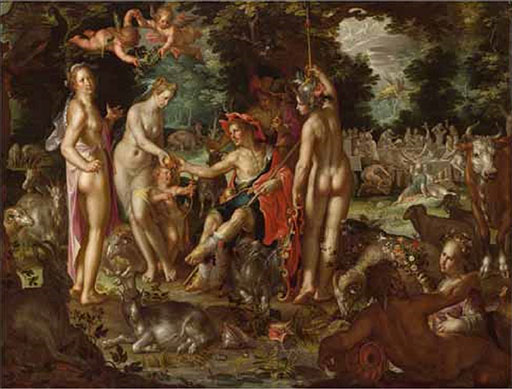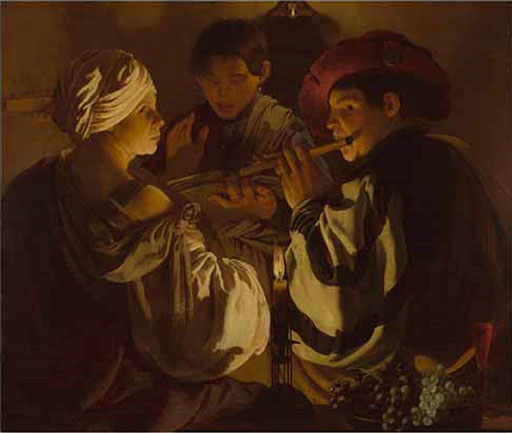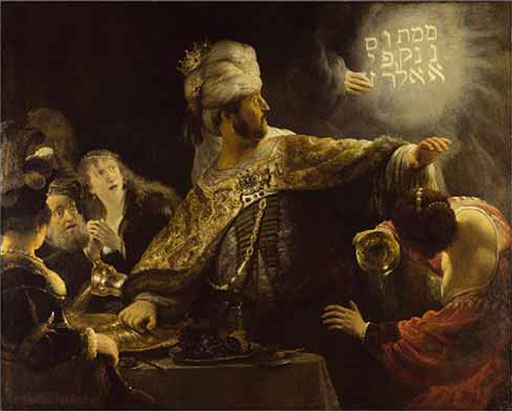3 Dutch history painting
Nineteenth-century Dutch nationalism helped to shape a canon based on the idea that authentically Dutch art is realist, allowing artists such as Johannes Vermeer (1632–75) (Figures 1, 29 and 30) and Pieter de Hooch (1629–84) (Figure 2) to be admired precisely on account of what is seen as their typically Dutch realism. Until comparatively recently art historians paid little attention to paintings produced in the Netherlands that could not be subsumed under the twin rubric of ‘realism’ and ‘art-for-art’s sake’. It is important to recognise, however, that schools of Italianate and classical painting continued to flourish in the Netherlands in the seventeenth century and that Dutch artists also depicted historical and mythological scenes. The Judgement of Paris by Joachim Wtewael (1566–1638) (Figure 12), which hangs in the same rooms of London’s National Gallery as works by Vermeer and de Hooch, is a good example of what is termed Dutch ‘mannerism’. Style labels such as this have to be applied with caution but there are marked differences in both subject matter and treatment that distinguish Wtewael’s painting from the more familiar examples of Dutch art that have been discussed so far. The term ‘mannerism’ is employed here to identify a self-consciously refined and artificial manner of painting (maniera) whose origins can be traced back to sixteenth-century Italian art. Another important school of artists based in Utrecht, a bishop’s seat with strong links to Rome, became known as the Caravaggisti because of their indebtedness to the work of the Italian artist Caravaggio (1571–1610). The Concert (Figure 13), by Hendrick ter Brugghen (1588–1629), also in the National Gallery, employs dramatic light effects to explore the contrast between areas of bright illumination and deep shadow. The tendency of art historians up until recent decades to marginalise these works or to treat them as somehow insufficiently ‘Dutch’ was corrected by an important exhibition entitled Gods, Saints and Heroes: Dutch Painting in the Age of Rembrandt which was shown in both America and the Netherlands in 1981 (Blankert, 1980).


It is noteworthy that in order to establish his claims concerning the appearance of ‘a double and very concordant product – a new state and a new art’, Fromentin was obliged to characterise Rembrandt (1606–69) as ‘an exception in his own country and everywhere else’ (Fromentin, 1948 [1876], p. 91). Rembrandt’s extraordinary range as an artist makes him hard to categorise under any schema, but the difficulty of extending the realist interpretation to accommodate a work such as Belshazzar’s Feast (Figure 14) – which combines careful attention to the play of light over different textures and surfaces with the dramatic re-imagining of a story taken from the Old Testament – should give us pause for thought. The re-assessment of Dutch art that has taken place in recent years has opened up the field of study to include the full range of subjects, themes and types of painting that were made and purchased in the Netherlands. However, the main challenge to the realist interpretation came not from this more inclusive approach but from the development of an alternative way of understanding the small-scale paintings of domestic scenes and unprepossessing tracts of land on which Hegel and Fromentin had focused their attention.

